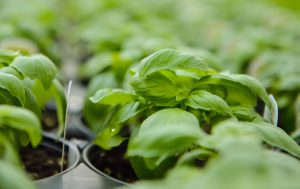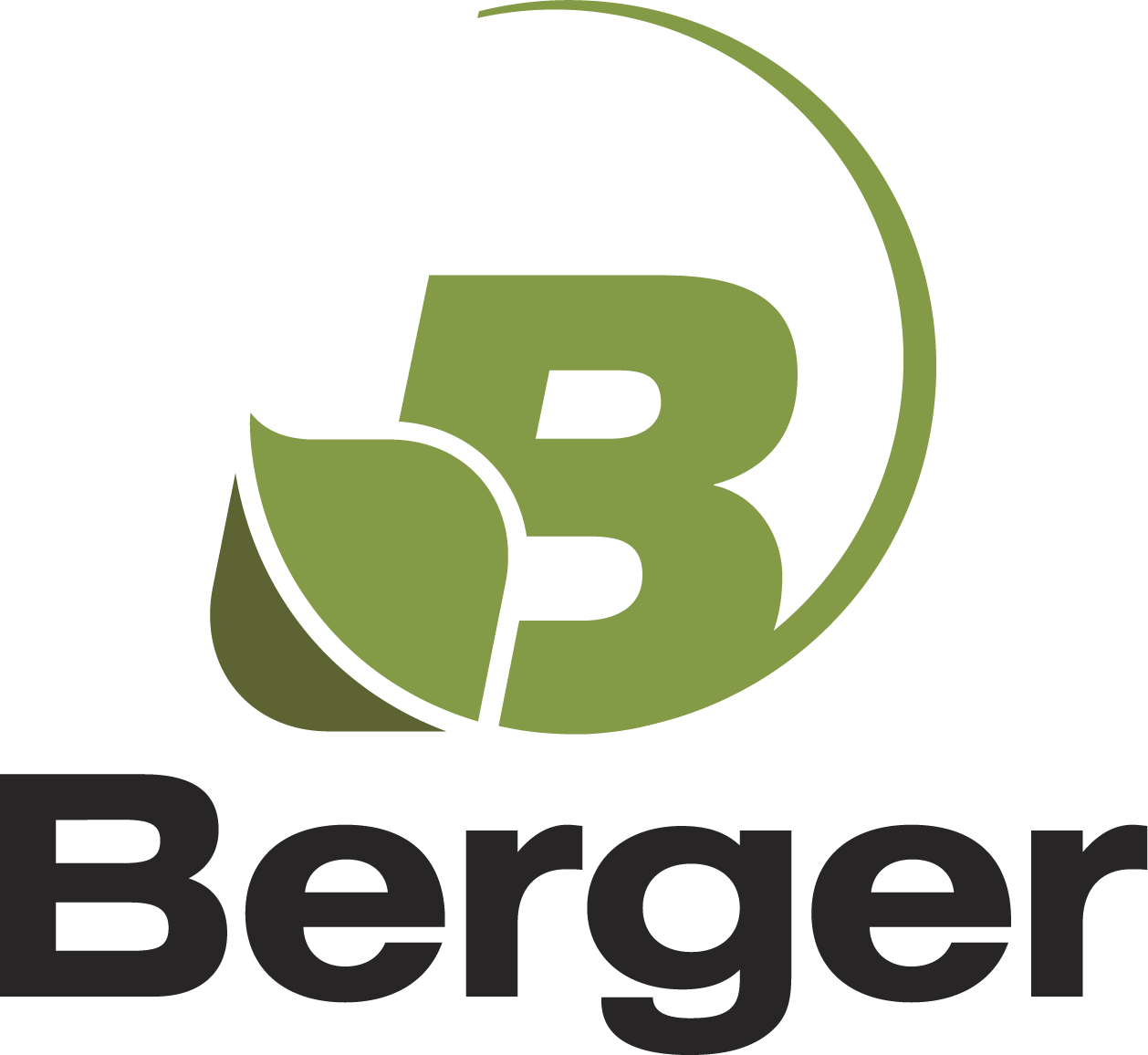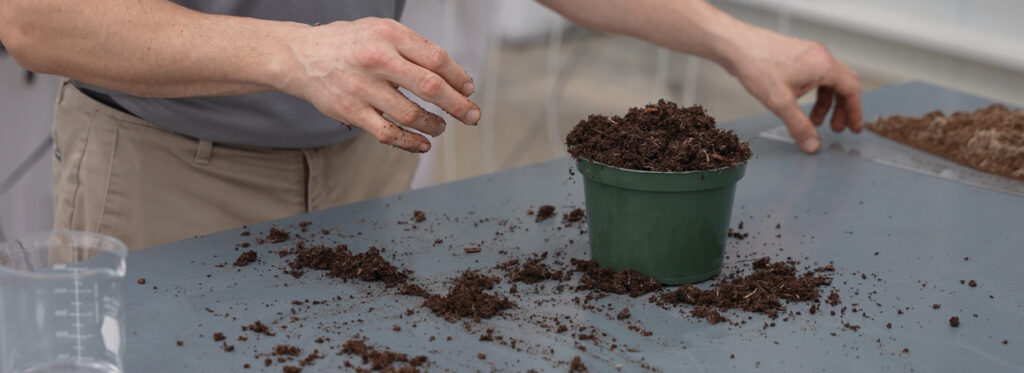How to Reduce Your Inputs
by Pierre-Marc de Champlain, Ing. Jr./Jr. Eng
Growers are now required to cut out as much excess consumption as they can without compromising the quality of the crops. Certain changes, like installing a new LED lighting system, mechanizing the potting line or upgrading a boiler system, require major investments that many producers just can’t afford. Although these upgrades will eventually payoff, there are cheaper ways to reduce your costs and rapidly improve your profit margins.
General Tips
While there are certain areas where you may be tempted to forego quality for a better price, choosing the correct starting materials and chemicals shouldn’t be one of them. Seeds, plugs, cuttings, chemicals and growing media should all come from reputable sources. Utilizing these can help you shave off days or even weeks from your production cycle, which can lead to significant savings. Using lower quality materials can inevitably lead to growth inconsistencies and crop losses. Eliminating problems is increasingly difficult when your starting materials are hindering your corrective actions. Moreover, a good supplier also offers excellent after sales service and will help growers if problems occur.
Advice no1
Decrease Your Energetic Costs
Similar to a house, you want your greenhouse to be as eco-energetic as possible by reducing any undesirable energy loss. This starts with a good preventive maintenance program for all your equipment, especially your heating equipment. Although it may seem expensive, a heat survey of your greenhouse can help you pinpoint problematic areas in your structure. This can lead to small inexpensive improvements that can yield huge savings. Other more expensive improvements with longer payback times may also be planned for the future. Moreover, you could locate inefficiencies in your air circulation system and, once corrected, reduce your overall energy costs furthermore.
Advice no2
Measure out Your Fertilizers
Root hairs account for the majority of plants’ nutrient absorption, therefore it’s important to stimulate their development by providing a porous media and avoid salts accumulations due to over-fertilization. Apart from the strain on the environment, excessive fertilizer run-offs are like money down the drain. A growing media can retain a lot of water and nutrients, but it has its limits. Any excess nutrients are simply drained or flushed out when clear water irrigations are needed to reduce the E.C. It is much more advantageous to add frequent low volume fertilizations rather than large volume events, especially when the root system is still developing and isn’t covering much of the substrate anyway. You can easily collect your run-off water and measure the salinity to get an idea of how much fertilizer you could be saving.
A good integrated pest management (IPM) program can also help reduce your overall pest control costs. Whether it be preventive weed management, sanitary practices, cleaning and disinfecting procedures or scouting and decision making tools, a well implemented IPM program can nearly eliminate the need for chemical control.
Advice no3
Improve Your Margins
The price of plant growth regulators (PGRs) has significantly increased over the past years. Reducing the use of PGRs becomes an attractive way to improve your margins. First and foremost, it is primordial that growers understand how the PGRs they use actually work. Once they do, they will be able recognize when and how they must apply the appropriate chemicals. There’s nothing worse for the wallet than wrongly applying a PGR and ending up losing twice as much money as you would have saved.
Boosting the light intensity per plant by increasing plant spacing is the easiest way to reduce stretching. With more available light, crops are less prone to excessive stem elongation. Moreover, making sure your covering has been cleaned or replaced as required will allow you to utilize the maximum of what is offered to you naturally by the sun.

Advice no4
Control Temperature and Save
Many growers have implemented DIF temperature controls to regulate the height of their crops. Stem elongation can be dictated by the difference in temperature between days and nights. If the day temperatures are hotter than the night, stretching can occur. On the other hand, if a grower can keep his night temperatures higher, he can control the height of his crops by inhibiting their growth.
The cool morning pulse technique, which consists of reducing the temperature of the greenhouse 5-10 degrees below nighttime values for 2-3 hours in the morning, may be easier and cheaper to implement while giving similar results. The crop must perceive the lower temperatures prior to any contact with the morning light. Both these techniques are most effective during the more active growth periods and therefore do not need to be applied throughout the entire production process. However, it’s important to make sure these techniques applicable to the specific crops you are growing before making any changes.
Adapting your fertilization to control height can also be an interesting option. The most popular is lowering the phosphorus content in your feeds to limit stretching and also help the tissues appear greener. However, caution must be taken to avoid deficiencies and adverse effects which can occur with certain crops.
–
Advice no5
Manage Your Watering
Water management is another height control tool which can be very useful, but it must be used care. You can reduce stem elongation of most crops by allowing the growing media to dry down significantly between irrigations. However, you must not allow the media to get bone dry. The crop could sustain some damage which can be difficult to correct. Using a high porosity growing media, like the BM6 HP from Berger, is a good choice when using the water deficit or fertilizer depravation methods as it allows rapid dry down cycles and makes it easier to steer crops towards the desired results.
A grower using these methods understands that he must be in full control of his production and must constantly monitor his crops to make the correct decisions at the right time. Accurate scheduling is your best tool for reducing the use of PGRs and can avoid a lot of unneeded costs down the line. Timing is everything. If the propagation schedule is difficult to manage due to the lack of available space and labor issues, you may consider purchasing cuttings or seedlings which can facilitate scheduling. Keeping records of previous experiences is a must if you want to improve and optimize your program for future productions.


